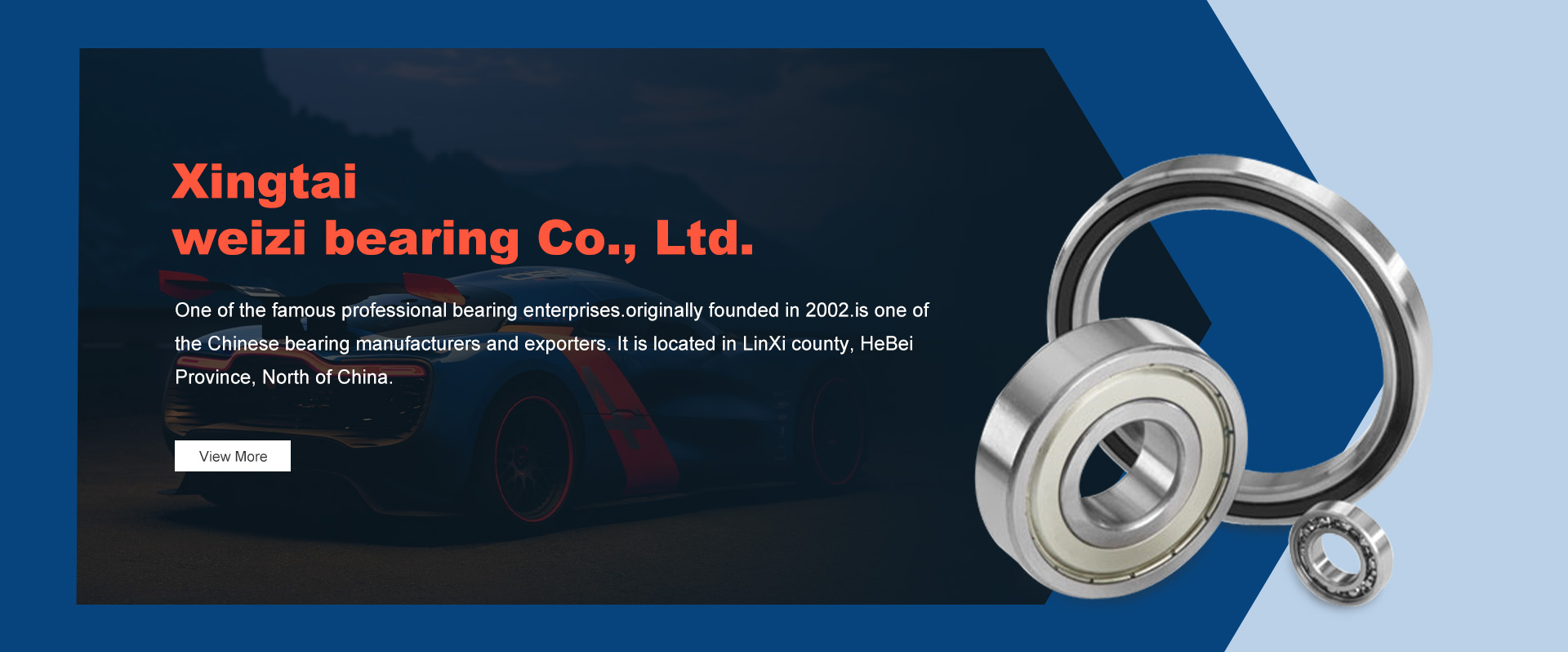
Dec . 06, 2024 02:45 Back to list
a cylindrical roller
Understanding the Cylindrical Roller Applications and Benefits
Cylindrical rollers are critical components in various mechanical systems, serving pivotal functions in reducing friction, supporting loads, and facilitating smooth motion. These roller bearings are designed to handle radial loads effectively, making them ideal for use in, but not limited to, automotive and industrial applications. In this article, we'll explore the structure, advantages, applications, and considerations of cylindrical rollers, shedding light on their significance in modern engineering.
What are Cylindrical Rollers?
Cylindrical rollers are shaped like cylinders and are typically used in roller bearings, where they are arranged between two races or surfaces. Unlike balls, cylindrical rollers have a larger contact area with the races, which allows them to manage heavier loads without deforming. Furthermore, they can accommodate both radial loads and axial loads, depending on their configuration, making them a versatile choice for different mechanical needs.
Key Advantages
1. Load Capacity One of the primary advantages of cylindrical rollers is their ability to support large radial loads due to their shape and the distribution of stress across the surfaces. This makes them particularly reliable in heavy machinery and applications dealing with significant forces.
2. Reduced Friction The rolling motion of cylindrical rollers generates less friction compared to sliding motions found in simpler mechanisms. This reduction in friction translates into lower energy consumption, extended service life of components, and improved efficiency in mechanical systems.
3. Versatility Available in various sizes and configurations, cylindrical rollers can be adapted to numerous applications. They can be utilized in electric motors, automotive systems, conveyors, and even aerospace technologies, showcasing their flexibility across different sectors.
4. Alignment The cylindrical shape of the rollers allows for better alignment within the bearing housing. This alignment is crucial for ensuring that the load is evenly distributed, minimizing wear and tear on both the rollers and the races.
5. Ease of Manufacturing The manufacturing process for cylindrical rollers is relatively straightforward, which often makes them more cost-effective compared to other types of bearings, such as spherical ones. Cost considerations are always essential in production and engineering designs.
Applications in Industry
Cylindrical rollers are widely employed across numerous industries. Here are some specific applications
a cylindrical roller

- Automotive Industry They are commonly used in transmissions, wheel hubs, and other drivetrain components, where they help support the vehicle's weight and enable smooth operation.
- Industrial Equipment In machinery used for manufacturing, construction, and mining, cylindrical rollers provide reliability under heavy loads and continuous operation.
- Aerospace In aircraft mechanisms, cylindrical rollers are integral in landing gear systems and control surfaces, ensuring safety and responsiveness
.- Electric Motors Cylindrical roller bearings are often found in electric motors, where they reduce friction and support the rotor, enhancing energy efficiency.
Considerations in Design and Maintenance
While cylindrical rollers offer numerous benefits, there are essential considerations to keep in mind when using them in applications
- Installation Precision Proper installation is crucial to ensure that the rollers operate efficiently. Misalignment can lead to premature wear and failure.
- Lubrication Adequate lubrication is necessary to minimize friction further and heat generation. Selecting the right lubricant and maintaining it properly are critical to the longevity of cylindrical rollers.
- Environmental Factors Conditions such as temperature, dirt, and moisture can affect the performance of cylindrical rollers. It’s essential to choose bearings that can withstand specific operational environments.
Conclusion
Cylindrical rollers play an essential role in the functionality of various mechanical systems, providing advantages such as high load capacity, reduced friction, and versatile applications. Their significance cannot be understated in industries ranging from automotive to aerospace. Understanding their design, benefits, and maintenance requirements can lead to improved operational efficiency and longevity of machinery, underscoring their importance in modern engineering practices. As technology advances, the role of cylindrical rollers is likely to expand, continuing to support innovation in mechanical design and industrial applications.
Latest news
-
Premium Deep Groove Ball Bearings | High Speed & Reliability
NewsAug.29,2025
-
Durable Scaffolding Clamps - Secure & Reliable Tube Connectors
NewsAug.28,2025
-
Common Failures in Thrust Ball Bearings and Solutions
NewsAug.22,2025
-
How Tapered Roller Bearings Can Take Shock Loads
NewsAug.22,2025
-
Angular Bearings in High-Precision Spindles
NewsAug.22,2025
-
The Impact of Misalignment on Cylindrical Roller Bearing Performance
NewsAug.22,2025
